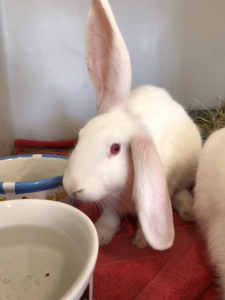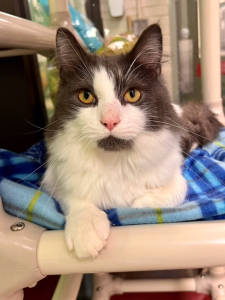House of the Week – 10/28/22

Wake Up Crew Highlights: October 27, 2022
Wake Up Crew highlights: October 26, 2022
MUNDANE MYSTERIES: Why Do Students Give Apples To The Teacher?

With school in-session & students back in the classroom, if you were to ask any teacher what he or she needs to feel appreciated, apples probably wouldn’t be high up on the list. In spite of that, we still associate educators with apples. It’s part of their unofficial logo. Just look at any back-to-school commercial or classroom decoration…apples. So where did the idea of gifting an apple to the teacher come from?
Well, this seemingly all-American tradition probably actually originated in Scandinavia, where Danish & Swedish teachers in the 1500s-1700s were paid even worse than they are today. Since a good portion of teachers were single women, it was the families of the students’ who were responsible for keeping the teachers housed & fed. And, at that time, that meant a basket of produce (such as apples) was more than just a token of appreciation…in a lot of cases, it was payment. That practice made its way here to America, where the apple was also a valuable commodity, as cider was the default drink in the developing colonies (since it was cheaper to make than other alcoholic beverages & usually safer to drink than water). Apples were also a popular item to barter with, as well, so it wasn’t unusual to see parents paying their kids’ teachers with apples.
Teaching wages eventually rose high enough that educators could live on them, and full bushels of apples were ultimately replaced with single apples that teachers could display on their desks or bookshelves. Oh, and the fact that the beginning of the school year also happened to coincide with the start of the harvest season helped the apple remain popular as a gift for teachers throughout the 1800s & into the early 1900s.
But while the idea of “an apple for the teacher” may still persist in pop culture, modern teachers rarely receive apples from their students on the first day of school nowadays. Though, I’m sure most teachers would welcome the gesture because…I mean, c’mon…who doesn’t love a good apple?
Got a Mundane Mystery you’d like solved? Send me a message via Twitter (@AndyWebbRadio), or shoot me an email at [email protected].

